 |
|||||||||||||||||||||||||||||||||||||||||||||||||||
|
Location. |
|
|||||||||||||||||||||||||||||||||||||||||||||||||
The Harz region is the most northern part of the so called midle mountains and is lacated on the boder of former west and east Germany. The Harz is accassible by car and train. Approximatly 3 hours drive from the German border. Klick the image on the left to get a larger view. The area is 110 km. long and 30 till 40 km. wide and covers an area of 2.226 km2. The highest mountain is called the ´Brocken´ and has a height of 1142 meter above sea level. The west side of the Harz has an average altitude of 800 meters, the east part 550 meters above sea level. History of the Harz goes back to 250 until 350 million years ago. It was formed during the Carbon age. Later, tectonic movements pushed the surface up as far as 80 degrees. These movement are visible in the landscape all over the east part of the Harz. Little erosion occurt what makes the mountains rough and overwhelming.
|
|
||||||||||||||||||||||||||||||||||||||||||||||||||
| The attractions of the Harz. |  |
||||||||||||||||||||||||||||||||||||||||||||||||||
Nature and Activities. The East Harz is well known for its small, curved roads, wich makes it specially interesting for motorcycling. During the season the roads are filled with motorcyclist from all over Europe. The Bode river is well known for its fly fishing. Trout fishing is a well known sport here. New and exciting is geocaching. Through GPS coordinates you have to find a hidden ´treasure´. Directly pointing to the treasure or through a quesst. The treasure are hidden everywhere in the area and offers the possibility to discover hidden parts of the beatiful region. Please klick the next LINK to go to the geocaching page. |
 |
||||||||||||||||||||||||||||||||||||||||||||||||||
Culture and history. Not just the overwhelming mountains are worth visiting. The Harz region is also a hidden treasure in an other way. Through the Harz, centuries old castles are situated and the old, medieval towns look like a fairytale. Enjoy a stroll through the narrow streets of Quedlinburg and feel you are thrown back in the middle ages. After world war 2 the region became DDR. Until the unification of Germany in 1990 nothing really happened in the towns and small cities. After the unification many timbered houses are restored. A unique collection of timbered houses can be found in Wernigerode and Quedlinburg. In Halberstadt you can visit a beautiful cathedral treasure. After a 45 minute drive from the hotel you find Stolberg. Juliana of Stolberg was born here. She played an important part in Dutch history. She was the mother of William of Orange, the man who libarated the Netherlands from the occupiers. The town is situated in a valley where 4 small rivers meet. The oldest houses date from the time Juliana of Stolberg walked the streets. |
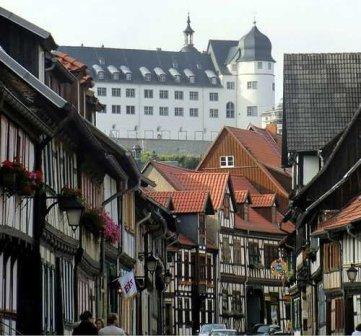 |
||||||||||||||||||||||||||||||||||||||||||||||||||
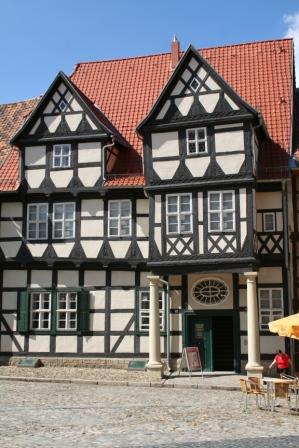 |
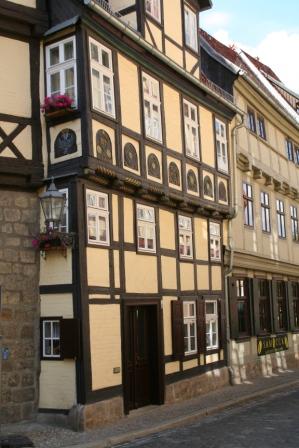 |
||||||||||||||||||||||||||||||||||||||||||||||||||
World war 2 left ist marks on the Harz. The area was the site where the western an eastern allies meet. Traces of that period can be found all around the Harz. Another concentrationcamp can be found in the town of Langenstein. |
 |
||||||||||||||||||||||||||||||||||||||||||||||||||
A great way to experience the Harz is a tour with a steamtrain to the top of the highest mountain of the Harz, the Brocken. The trainstation is located at 1125 meter above sea level. Fantastic views during the ride and, in clear wheather, you can even see as far as Berlin from the top. Through the Harz a net of narrow gauge tracks can be found.
|
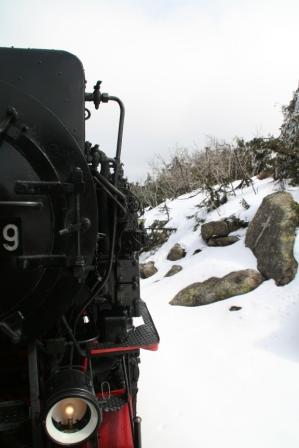 |
||||||||||||||||||||||||||||||||||||||||||||||||||
 |
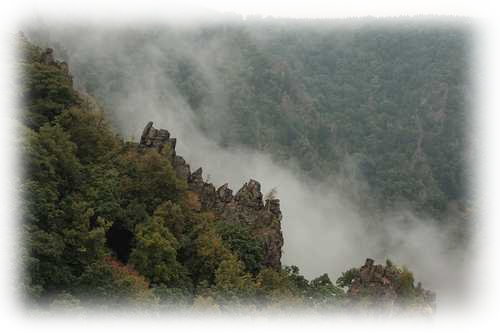 |
 |
|||||||||||||||||||||||||||||||||||||||||||||||||
